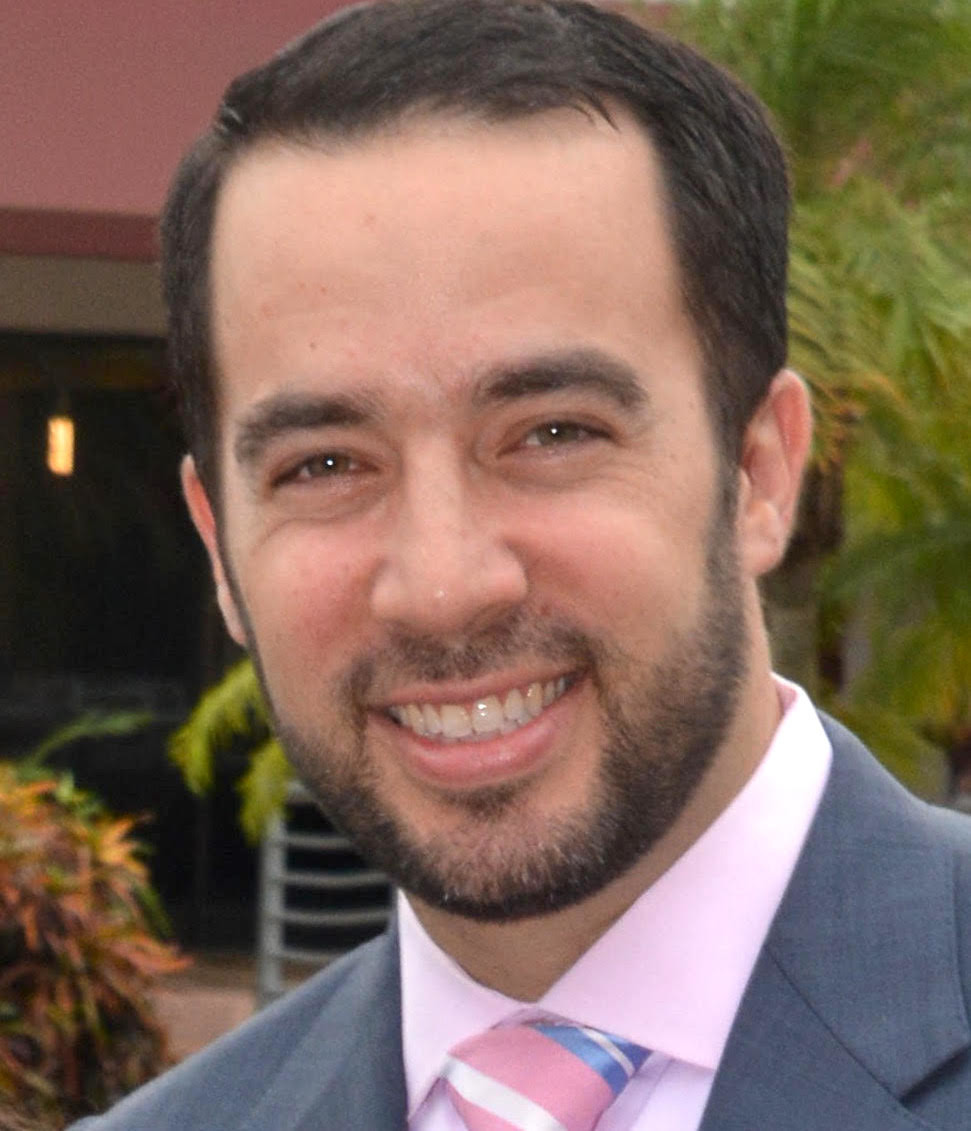Not so alike after all
Anyone listening to this week’s reading, Naso, knows that there is a lot of repetition. The twelve nesi’im each bring their respective offering for the dedication of the altar. Aside for a few minor changes in the offerings of the second and eleventh princes, both words and melody are mostly the same for all of the offerings.
It begs a very simple question: why all the repetition? Why not just say “Each prince brought this same offering,” and then list the series of animals — once?
Rabbi Moshe Shternbuch explains that each gift is introduced with the word korbano — meaning each man brought “his own offering,” irrespective of knowledge of what the men before him had brought or what those after him were planning to bring. Without coordination, it turned out that each offering was the same.
In Rav Shternbuch’s view, each nasi happened to think alike. But they weren’t copying one another. In listing each set of korbanot, the Torah might have presented a different result had they chosen to be different. The fact is that each came to his contribution on his own, without consulting others. That they turned out the same is coincidental.
So what was the thought process that led each to the same equation?
The Midrash equates the par ben bakar (bull) to Avraham, who served ben bakar to the three angels who visited him; the ram to Yitzchak, who was replaced with a ram at the top of Mt. Moriah; and the lamb to Yaakov, who became wealthy with lambs.
Baal Haturim notes that the numerical value of par, ayil, keves — bull, ram, lamb — is even equivalent to that of Avraham, Yitzchak and Yaakov.
The se’ir izim could be an atonement for the sale of Yosef, or a reference to Yaakov, who brought se’ir izim to feed his father. The Midrash explains that the two oxen for the korban shelamim, peace offerings, parallel Moshe and Aharon, who were shleimim. As for the five rams, atudim, and kevasim (sheep), the number five represents the Five Books of the Torah, or the Five Dibrot on each of the Tablets. Daat Zekenim suggests the two bakar parallel the Tablets as well.
Looking at these Midrashim, one could be a little cynical and say it is all rather silly. How does the Midrash know what each prince was thinking?
But in the end, it doesn’t matter. If we accept the premise that the reason for the repetition of the offerings is that each offering was not exactly the same — each was brought with different intentions and thoughts — we can understand why each set of korbanot had to be mentioned separately.
This is true for us on a regular basis. In our prayers, we don’t generalize even to call G-d the G-d of all the forefathers! We refer to Him as “G-d of Avraham, G-d of Yitzchak, G-d of Avraham,” acknowledging each special relationship with G-d. All the same G-d, but with different ways of getting close to Him.
Every one of us approaches G-d differently. Some of us have a great grasp of Hebrew, some of us invest great devotion into our prayers. Some of us don’t read Hebrew at all and make our way through translation. Some of us don’t have any conversations with others during davening. Some of us have light conversation, sometimes even for a purpose, and sometimes we forget to focus. Some of us talk a lot during davening. Some of us might come to shul to talk!
Everyone who comes to shul and makes their way through the siddur technically has a similar experience. Emotions, however, are always going to make the difference.
We may try to create uniformity in terms of atmosphere for prayer, but we don’t want to churn out prayer robots. And we certainly should not be creating barriers to entry to synagogue. Every Jew should be able to find a place to pray.
The experience of the nesi’im may have been that they didn’t plan to do everything the same. It merely turned out looking that way. But each, after being interviewed about what they brought and why they brought it, would have a very different explanation for how they got there, and what they had hoped to achieve.
This is the strength of the Jewish people. May we be blessed to admire the different approaches that others have to getting closer to G-d, and to be respectful of others’ approaches in achieving that most lofty of goals.

 50.0°,
Overcast
50.0°,
Overcast 




